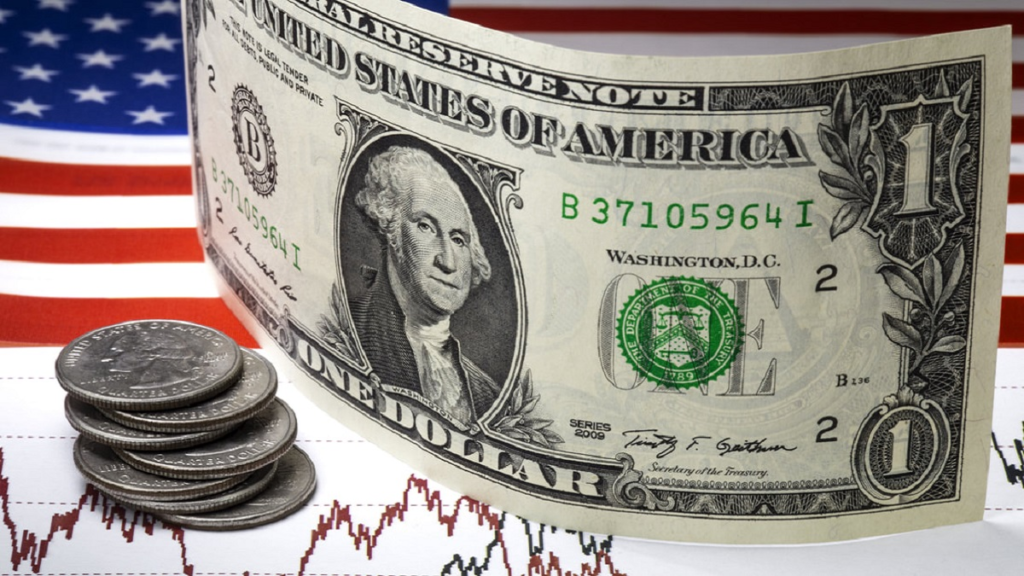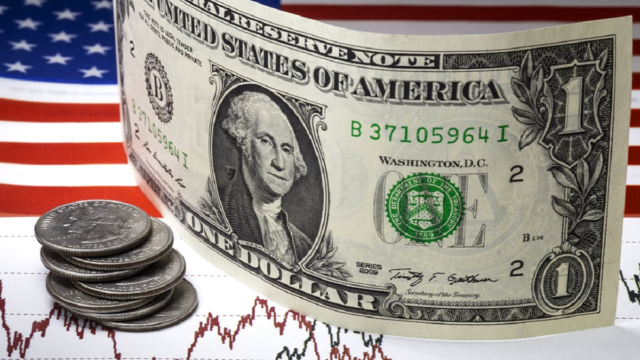Published on ayrotv.com
The U.S. dollar, long regarded as the world’s dominant reserve currency, has faced significant challenges in recent years, sparking discussions about its declining influence in global markets. As of April 2025, economic shifts, geopolitical tensions, and evolving financial trends have contributed to the dollar’s weakened position. This article explores the factors behind the dollar’s decline, its implications for the global economy, and what it means for individuals and businesses.

Why Is the U.S. Dollar Losing Ground?
Several interconnected factors have contributed to the dollar’s downward trajectory:
- Rising U.S. Debt and Deficit Spending
The United States’ national debt has soared past $33 trillion, with persistent budget deficits adding to the burden. Concerns about the sustainability of U.S. fiscal policy have eroded confidence in the dollar. Investors worry that unchecked borrowing could lead to inflation or even a potential default, though the latter remains unlikely in the near term. - De-Dollarization Efforts
A growing number of countries are exploring alternatives to the U.S. dollar for international trade and reserves. Nations like China, Russia, and India have increasingly conducted transactions in their own currencies or through barter systems, particularly in response to U.S. sanctions. For instance, China’s yuan has gained traction in global trade, with some oil-producing nations accepting it for energy exports. - Global Economic Shifts
The rise of other economic powers has diluted the dollar’s dominance. The European Union, with its euro, and China, with its rapidly expanding financial systems, are creating viable alternatives. Additionally, the BRICS alliance (Brazil, Russia, India, China, South Africa) has pushed for a multipolar currency framework, further challenging the dollar’s hegemony. - Inflation and Interest Rate Policies
Persistent inflation in the U.S. has prompted the Federal Reserve to maintain elevated interest rates, which, while initially strengthening the dollar, have strained domestic and global economies. As inflation cools, the Fed’s potential pivot to lower rates could weaken the dollar further, making it less attractive to foreign investors. - Cryptocurrency and Digital Currencies
The rise of cryptocurrencies and central bank digital currencies (CBDCs) has introduced new competition. While Bitcoin and other decentralized assets remain volatile, they’ve gained appeal as hedges against fiat currency devaluation. Meanwhile, countries like China are advancing their digital yuan, which could bypass dollar-based systems like SWIFT in international transactions.
The Global Impact of a Weaker Dollar
The decline of the U.S. dollar carries far-reaching consequences:
- Higher Import Costs for Americans
A weaker dollar makes imported goods more expensive, contributing to inflation. From electronics to oil, U.S. consumers may face higher prices, squeezing household budgets. - Shifts in Global Trade
Countries holding large dollar-denominated reserves may diversify into other currencies or assets, such as gold or the euro. This could reshape trade dynamics, with non-dollar-based agreements becoming more common. - Opportunities for Emerging Markets
A weaker dollar can benefit export-driven economies, as their goods become cheaper in dollar terms. However, it also risks destabilizing economies heavily reliant on dollar-based debt. - Geopolitical Realignments
The dollar’s decline could weaken U.S. financial leverage, reducing the effectiveness of sanctions and altering global alliances. Countries may gravitate toward financial systems less dependent on U.S. influence.
What Does This Mean for You?
For individuals and businesses, the dollar’s decline necessitates strategic adjustments:
- Investors: Diversifying portfolios with assets like gold, foreign currencies, or cryptocurrencies may hedge against dollar depreciation. However, consult financial advisors to navigate risks.
- Consumers: Prepare for potential price increases on imported goods. Budgeting and seeking locally produced alternatives can mitigate costs.
- Businesses: Companies engaged in international trade should explore currency hedging strategies to manage exchange rate volatility.
Looking Ahead
While the U.S. dollar remains a cornerstone of global finance, its unchallenged dominance is waning. The rise of alternative currencies, geopolitical shifts, and domestic economic challenges signal a transition toward a more multipolar financial world. For now, the dollar’s decline is gradual, but its trajectory underscores the need for adaptability in an evolving economic landscape.
Stay informed, plan strategically, and keep an eye on global trends. The future of finance is changing, and understanding these shifts is key to thriving in uncertain times.
For more insights on global economics and finance, visit ayrotv.com.
Note: This article is tailored for ayrotv.com and assumes a general audience interested in economic trends. If you have specific details (e.g., target audience, word count, or additional points to include), let me know, and I can refine it further!









